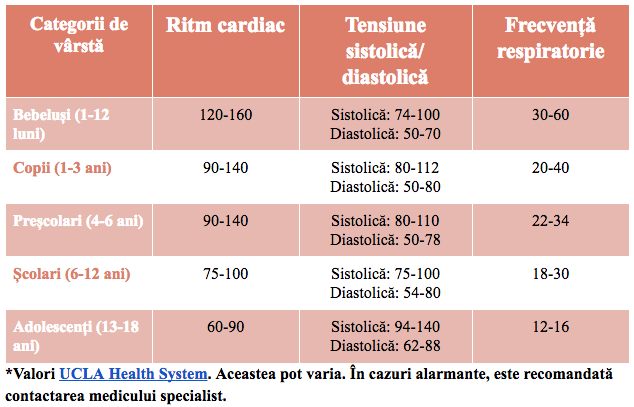High blood pressure is one of the most common and dangerous health problems. But you don’t have to go to the doctor to measure your blood pressure, especially now, in a pandemic. You can take your blood pressure home with a high-performance sphygmomanometer.
Blood pressure values
High blood pressure is defined by the increase above the normal value of blood pressure in the arteries, being diagnosed by measuring systolic blood pressure and diastolic blood pressure, writes ro.sendo.info. The first value, systolic blood pressure, is the pressure exerted by the blood on the vascular walls immediately after it is pumped by the heart into the arteries, while the diastolic value is given by the blood pressure in the interval between heart contractions, when the heart is full of blood. Because the optimal value of blood pressure is 120 by 80 mmHg (millimeters per column of mercury), any value that exceeds 140 by 90 mmHg is considered a sign of high blood pressure. High blood pressure can put the patient at high risk, with the possibility of causing damage to the arteries and increasing the risk of stroke, heart attack, kidney failure and other serious conditions. The treatment, although effective, can sometimes have a detrimental effect on the body, as blood pressure medications are very aggressive. Therefore, it is important that hypertension is prevented with a healthy lifestyle. You should also consider frequent blood pressure measurements, preferably with an arm cuff sphygmomanometer recommended for adults, to see when changes occur and when an alarm signal should be triggered. To do this as per the book, you need to know what the normal values of blood pressure are at each stage of life.
Normal values depending on age
According to cardiologists from the American Heart Association, from the age of 20 each person should measure their blood pressure at least once every two years. If the values of systolic blood pressure and diastolic blood pressure exceed 120 by 80 mmHg, visits to the doctor should be more frequent. The risk of developing hypertension, as well as the probability of the dangers that come with it, increases after the age of 45-50 years. Sedentary lifestyle, smoking, excessive salt intake, lack of potassium, lack of vitamin D, excessive alcohol consumption and stress can promote the disease. To demonstrate the influence of age on blood pressure, comparing several age categories is a good way to analyze the data.
Normal blood pressure values, low values and high values in adults
The tension can change constantly, with changes in posture, during exercise, during sleep, in stressful situations. If the blood pressure rises and the above average values remain constant, the doctor will detect this after several blood pressure monitoring. In adults, systolic blood pressure values are between 120 and 139 mmHg, while diastolic blood pressure values are between 80 and 89 mmHg. The first stage of hypertension is reached when the systolic blood pressure is between 140-159 mmHg and the diastolic blood pressure between 90-99 mmHg. The second threshold of hypertension is reached when the diastolic blood pressure exceeds 160 mmHg and the diastolic blood pressure is equal to or greater than 100 mmHg. People whose systolic blood pressure is greater than 180 mmHg and whose diastolic blood pressure exceeds 110 mmHg are entering a hypertensive crisis and need urgent medical help.
Normal values in children
In the case of children, the values considered normal vary greatly depending on age groups. Symptoms of high blood pressure include chest pain, fatigue, difficulty concentrating, sleep problems and headaches. In more severe cases, children may experience signs such as shortness of breath and dizziness. If your child has such symptoms or if you notice them, call your doctor immediately. Most often, hypertension in children occurs in the presence of another more serious health problem, including heart defects, kidney disease, birth defects or hormonal deficiencies.

Blood pressure by sex
As can be seen, the average blood pressure values increase with age. The risk of developing high blood pressure before the age of 55 is higher in men than in women. The explanation is that, until menopause, a number of natural “defenders” of the cardiovascular system are secreted in women’s bodies. Overweight, obese and obese men usually have higher blood pressure than normal weight people. In the same situation are men diagnosed with type II diabetes or high cholesterol. The problems are even greater in the case of patients who do not follow a proper diet and do not receive treatment. Addictions such as smoking and alcohol consumption increase blood pressure, and another factor that almost suddenly influences blood pressure is excessive salt and fat consumption. In young women, the ideal values - 120 to 80 mmHg – can be disrupted by taking the birth control pill, according to the American Heart Association. Blood pressure can also increase during pregnancy, and if it reaches values of 140 by 90 mmHg, there are risks to the fetus.
–


